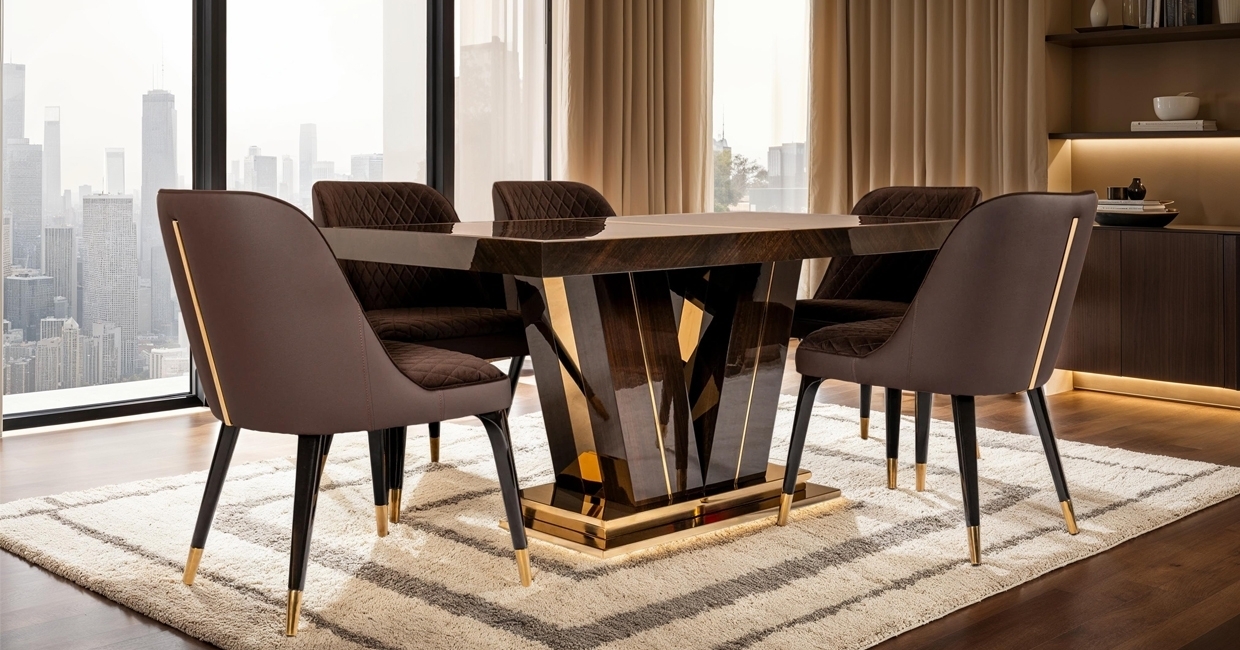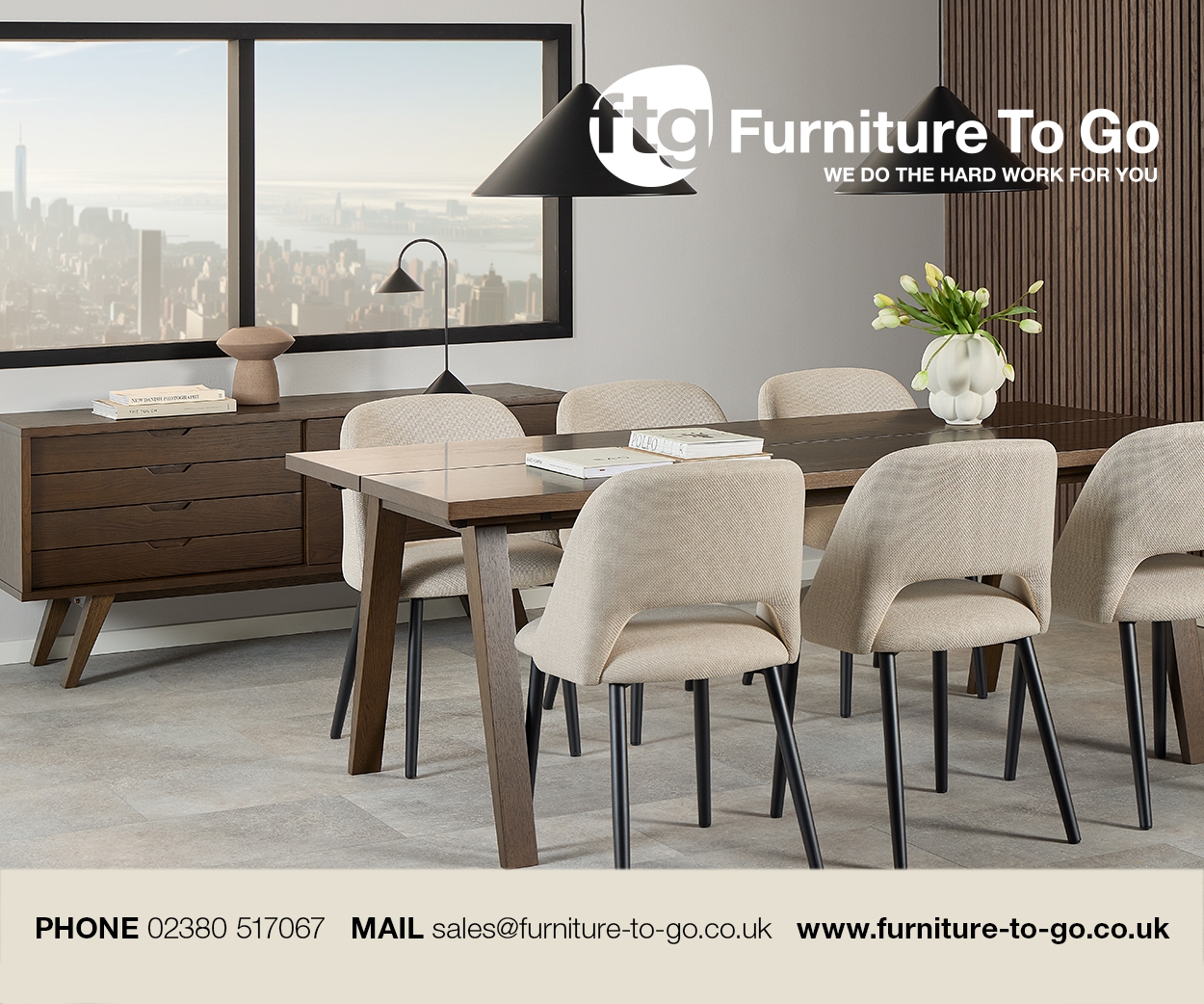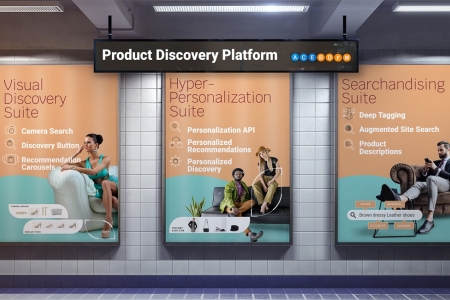Despite the ethical concerns and limitations of traditional furniture manufacture, high-end London retailer Juliette's Interiors – founded by award-winning interior designer Juliette Thomas in 2005 – has wholeheartedly embraced the use of Artificial Intelligence (AI) in its product conceptualisation and design, resulting in luxury furniture collections like no other, Juliette explains …
Juliette’s Interiors is a luxury furniture retailer and interior design studio. Our marketing channels include a traditional brick-and-mortar showroom and ecommerce. We cater to high-net-worth (HNW) individuals, focusing on providing professional, luxurious, and detailed design solutions to a demanding client base.
In the fast-evolving world of design, staying ahead of the curve is crucial. Known for our bespoke and exclusive designs, we’ve taken a bold step forward by embracing AI to enhance the way we create our luxury furniture collections. This groundbreaking approach is not only reshaping the industry, but positioning us as pioneers in the production of our furniture.
The decision to integrate AI into our design process was born from a lack of being able to fulfil our clients’ vision into reality, and the relentless pursuit of unique exclusive pieces. Quite often, the furniture our clients seek doesn’t exist – so we turned to AI to design what our clients were looking for.
By leveraging AI-powered design tools, we’ve successfully redefined how we serve our clients, offering them two key benefits: inspirational images that kickstart and inspire the design brief; and unique, challenging-to-produce products that truly set us apart.
While the initial design inspiration is accessible to anyone, the real challenge lies in creating bespoke, one-of-a-kind furniture – an area in which we excel. From the very beginning, our business has been rooted in producing custom pieces, so this part was never a struggle for us.
However, we discovered that many of our established manufacturers were hesitant to produce our AI-driven designs. Many were reluctant to adapt, especially when it came to rethinking materials to accommodate the new design challenges. As a result, we’ve sought out younger, more forward-thinking manufacturers from around the world – those who are ready to push boundaries and embrace innovation to bring our designs to life.
While adopting AI in a traditionally artisan-driven industry had its challenges, the benefits have far outweighed them. Initially, there was scepticism about whether AI could truly preserve the artistry of furniture design. However, after integrating these systems, we found that AI doesn’t limit creativity, it hugely amplifies it. By analysing vast data sets of historical designs, materials and current trends, AI allows us to create bespoke, one-of-a-kind pieces that are uniquely tailored to each client.
But although AI gives us stunning furniture designs, it's only the easy start of the process. Transforming these unique designs into reality is what takes time and skill. The process still involves detailed shop drawings, 3D renders, materials and finishes to be approved, and a lot of experience to know what will and won’t work – backed up by highly skilled manufacturers that need to think differently.
And there’s an ethical debate at the heart of this approach. As the use of AI in design grows, an ongoing dilemma looms over the industry – does AI design constitute theft? Critics argue that AI could infringe on intellectual property (ip) by drawing from existing designs without giving credit.
At Juliette’s Interiors, we address this concern head-on. The designs we use are not in any way offered elsewhere, and since we have highly tailored what AI gives us, it's impossible to infringe on anyone's designs, registered or not. We’re only interested in what's not available elsewhere. We have no interest in what’s already available. And using AI gives us that.
It’s also interesting to note that since these AI designs are difficult to produce, trying to copy what we do is a real challenge and mostly cost-prohibitive.
Our AI tools are carefully trained to complement, not replace, the creative genius of our designers. Each design is a collaboration between technology and human skill, ensuring that the final product is both innovative and unique. We operate within ethical boundaries, respecting IP laws, and using AI purely as a means to push creative limits, rather than replicate existing work.
AI has revolutionised many industries, including design, by providing tools that can generate stunning visuals and concepts with ease. However, it is essential to approach AI-generated content with transparency and integrity.
When using AI to generate inspirational images for design purposes, it's important to ensure that these visuals are presented as concepts, not final products. AI is a powerful tool for visualising ideas, brainstorming, and exploring possibilities, but it is not a substitute for the real-world functionality of a finished piece.
Inspirational images should serve as a creative starting point or a visual aid to initiate discussions about design direction and preferences. They should not be misrepresented as finalised, tangible pieces of furniture, or as your exclusive work, unless they are developed into actual products.
To avoid misleading clients, it’s crucial to distinguish between AI-generated visuals and custom-designed products that will be crafted in reality. Clients should always be confident that what they see will be accurately translated into a finished piece that aligns with their expectations. This can be done by clearly communicating that the AI-generated images are conceptual and that the real design and production process will reflect their personal preferences and the highest standards of quality.
By transparently presenting AI-generated images for their intended purpose – inspiration – and ensuring that your clients understand the difference between visualisations and the final bespoke pieces, you build trust. You can confidently assure clients that the final product will be well replicated, not only reflecting their vision but also incorporating your expertise and the skill of trusted, innovative manufacturers.
It is also important to remember that AI tools are meant to enhance your work, not replace it. Use them as part of the design process to refine ideas, explore new materials, and present possibilities. However, always be clear about which images are real and which are conceptual, ensuring your clients understand and are confident that what is presented is not misleading or unattainable. This will ultimately reinforce the integrity of your business and the luxury experience you aim to offer.
Our clients have been overwhelmingly positive about our use of AI. It enables us to present their vision quickly and accurately. HNW clients are very keen to have furniture that's not just for the intended purpose but also, and importantly, unique and exclusive. This means being at the forefront of design innovation.
The ability to personalise their pieces at a granular level, combined with the efficiency AI brings to the table, has given us results I could not have previously imagined. Clients are impressed to see how we use AI and blend it seamlessly with the artistry of our skilled designers to create furniture that’s not only functional, but visionary.
As we look to the future, the role of AI in luxury furniture design is only set to grow. We believe that AI will continue to be the most powerful tool in the evolution of design, allowing for even more customised, sustainable and efficient production methods. By integrating new technologies, we are setting the stage for a new era of furniture design where personalisation, sustainability and innovation intersect.
For Juliette's Interiors, AI is not just a trend – it’s a glimpse into the future of luxury furniture. As pioneers in this field, we are excited to continue exploring the limitless possibilities that this technology offers, reshaping the way our clients experience luxury design.
This article featured in July's issue.
Pictured: The Exclusive Abstract Rectangular Designer Dining Set is an example of how Juliette Interiors blends AI innovation and advanced craftsmanship












